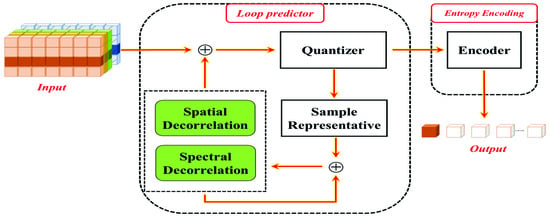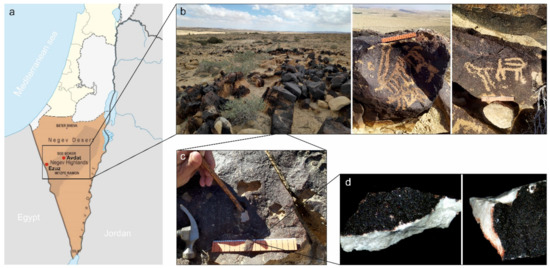Appl. Sci. 2022, 12(14), 7172; https://doi.org/10.3390/app12147172 - 16 Jul 2022
Cited by 8 | Viewed by 2024
Abstract
The hyperspectral image compression scheme is a trade-off between the limited hardware resources of the on-board platform and the ever-growing resolution of the optical instruments. Predictive coding attracts researchers due to its low computational complexity and moderate memory requirements. We propose a near-lossless
[...] Read more.
The hyperspectral image compression scheme is a trade-off between the limited hardware resources of the on-board platform and the ever-growing resolution of the optical instruments. Predictive coding attracts researchers due to its low computational complexity and moderate memory requirements. We propose a near-lossless prediction-based compression scheme that removes spatial and spectral redundant information, thereby significantly reducing the size of hyperspectral images. This scheme predicts the target pixel’s value via a linear combination of previous pixels. The weight matrix of the predictor is iteratively updated using a recursive least squares filter with a loop quantizer. The optimal number of bands for prediction was analyzed experimentally. The results indicate that the proposed scheme outperforms state-of-the-art compression methods in terms of the compression ratio and quality retrieval.
Full article
(This article belongs to the Topic Computational Intelligence in Remote Sensing)
►
Show Figures














